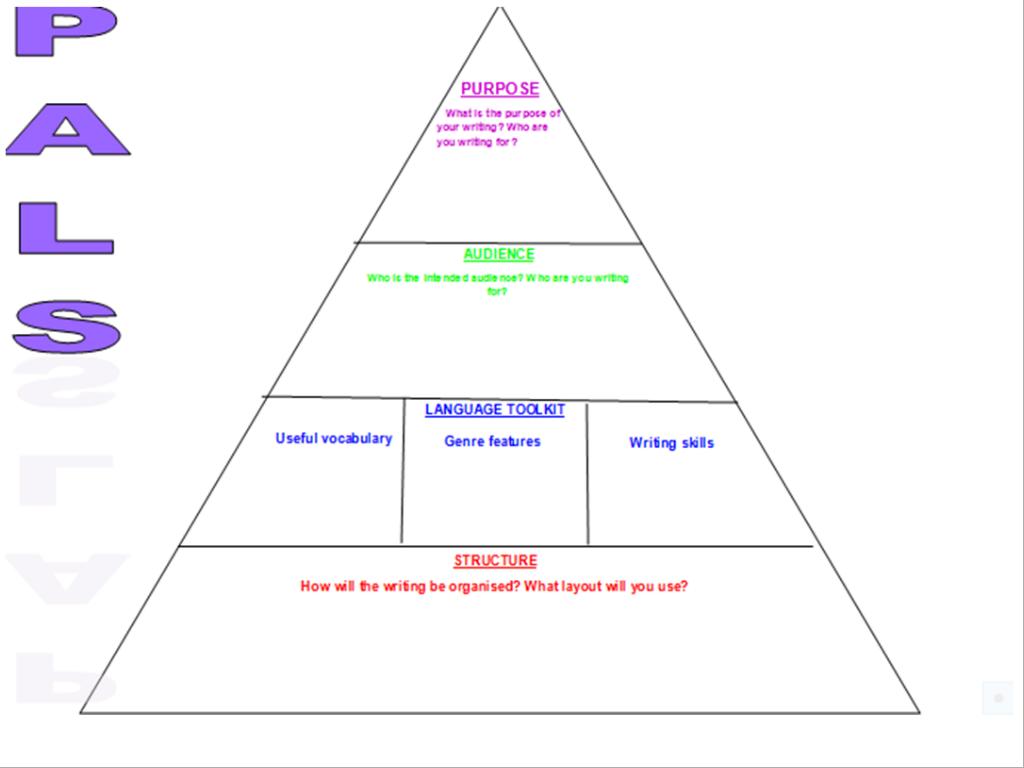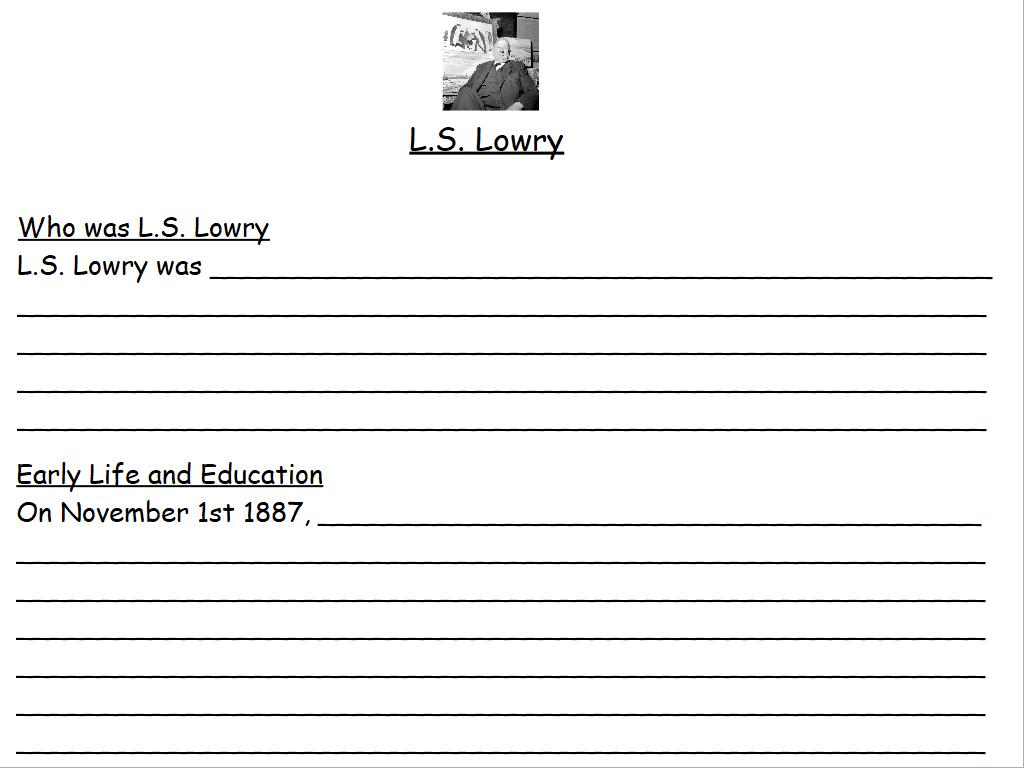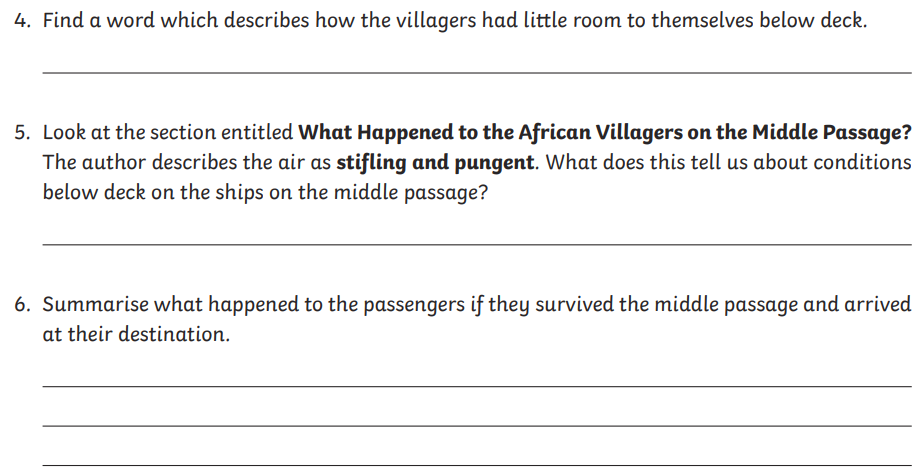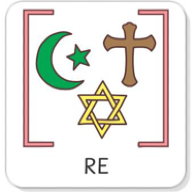Monday
















It was late when the prince returned home. Exhausted from the day’s hunting, Llywelyn opened the bedchamber door to be greeted by a terrible sight. Furniture lay upturned, tapestries had been ripped from their hangings and the baby’s cradle lay empty on the floor. The baby’s fur coverings lay shredded and torn and the flagstones were smeared with fresh blood. Rooted to the spot, Llywelyn glanced down and found Gelert at his feet; limping, panting; his jaws dripping, drooling; his black coat clotted and matted with blood.
Devastated by the scene before him, the prince drew his dagger and closing his eyes tightly, plunged it deep into Gelert’s side. “You wicked creature!” he cried, “How could you have done this to my son?”
To the prince’s bewilderment, Gelert’s dying cry was answered by the soft whimpering of a baby. Behind the upturned cradle, Llywelyn found his son, alive and unharmed. At the side, slain by Gelert in a fierce struggle to protect the baby, slumped the body of a mighty wolf, its shaggy throat ripped and yawning with the blackest of blood… Filled with remorse, the prince knelt and stroked Gelert one last time.
Gelert’s body was buried outside the castle walls, close to the river. The huge stone slab, inscribed with Gelert’s name, still marks the grave and the village nearby still carries the name ‘Beddgelert’ – Gelert’s grave. It is said, that in the long years after Gelert’s death, Prince Llywelyn never smiled again.
R - Where was Gelert buried?
I - How was Llywelyn feeling when he first arrived home? Explain.
C - Find a phrase in the text that proves Llywelyn was feeling regretful.
Monday 25th November
LC: To use scanning and close reading strategies.
The Transatlantic Slave Trade
From the late 16th until the early 19th century, Europeans were responsible for the enslavement of millions of people from parts of West Africa, transporting them across the Atlantic Ocean in the most awful of conditions to be inhumanely sold into a life of hard, unpaid labour and brutality in the Americas. This was known as the transatlantic slave trade: a bleak and shameful period in history to which the deaths of millions of Africans can be attributed.
The Triangular Trade
The Triangular Trade is the name used to describe the three stages of the transatlantic slave trade. Its most prolific period was between 1740 and 1810, with estimates of around 60 000 people being enslaved each year.
Initially, vast ships travelled to West Africa carrying goods, such as cloth, guns and ironware. Upon arrival, these goods would be bartered for men, women and children who had been forcibly removed from their villages.
For the notorious middle passage across the ocean, these people endured unsanitary conditions below deck; overcrowded and filthy ships spent months at sea and many people died as a result. When the ships arrived in the West Indies, their weakened passengers were sold at auction to the highest bidder.
Thus, African people were bought and sold as possessions and became slaves, forced to work mercilessly on plantations, with little chance of payment or freedom.
The third stage of trade involved the ships returning to Europe with goods grown by the enslaved African villagers. These goods, including sugar, coffee, cotton and tobacco, were then sold to the people of Britain and beyond, completing the triangle which was built on the exploitation of many people. The process would then begin again.
What Happened to the African Villagers on the Middle Passage?
After they had been taken from their homes inland, the villagers were forced onto huge ships at the coast, many having never seen the sea before. Ships often carried over 700 people at a time. They were chained together in cramped conditions because they were considered cargo by the ships’ captains. Below deck, the air was stifling and pungent and conditions were unsanitary: many people grew ill.
If they survived the middle passage, once sold into slavery, life did not improve. Slave owners sought to crush the slaves’ spirits and control them: they were given a new name, made to learn a new language and forced to adopt new customs. Daily life on a plantation involved working 14 hours, or more, a day with harsh beatings for any transgressions. However, despite the brutal consequences, many of the slaves did bravely resist and some were even able earn their freedom and join the fight for the abolition of slavery.
Olaudah Equiano’s Story
Olaudah Equiano (1745-1797) was enslaved in West Africa (in modern-day Nigeria) as a child but was fortunate enough to survive and pay for his freedom. He became an abolitionist and travelled to Europe to share his life story and promote his autobiography.
‘The Interesting Narrative of the Life of Olaudah Equiano’ was published in 1789. Due to the fact it recounted his own traumatic experiences of slavery, it became a powerful, persuasive argument for its abolition.
Did You Know…?
Olaudah Equiano raised awareness of slavery by lecturing in Birmingham, Nottingham, Manchester, Sheffield and Cambridge.
Abolition at Long Last
Eventually, British citizens began to recognise that slavery was unethical. In 1807, the House of Parliament outlawed the slave trade itself; however, it was not until 1833 that slaves began their freedom across the British Empire.
In the USA, there was great resistance to abolition and slavery continued, partly due to the fact that wealthy plantation owners continued to prosper from slave labour. Disagreements about slavery between Americans led to the American Civil War (1861-1865). Furthermore, the civil rights movement of the 1960s arose due to the continued segregation of black and white Americans over 100 years following abolition.
Glossary
abolitionist: Someone who campaigns for abolition (the action of abolishing a system – in this case, slavery).
segregation: The enforced separation of different ethnic groups in a country.
transgression: An act that goes against a law, rule or code on conduct; an offence.
TASK



Monday 25th November

/i/video/Year_6/Virtual_Picture_News___25th_November___Earthshot_Prize.mp4










